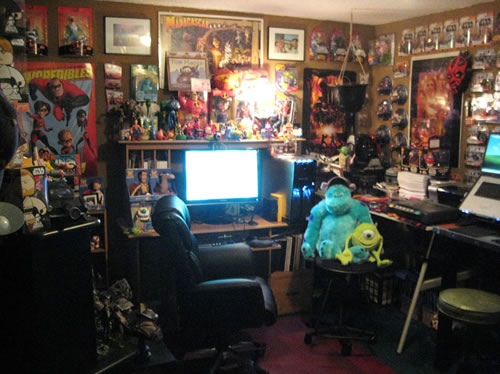What makes a visual communication legible?
Find examples of visual communications that are legible or illegible and explain why.
Above is the London underground map of the subway. This to me is very legible when it is on the large underground walls, but when converted to a small hand map this become like a web of color. the map in handheld form is very small and hard to read but after reviewing the london area it is a very large area to cover and then to have all of it fit into the paim of someones hand is very good. the righting is readable for me but anyone with poor eye sight would find this hard to read.The large maps in the underground/subway are very legible and clear from them i can understand where to change trains and which line of train of be on. The use of colours helps clearly identify the tracks from each other and the background. The background is made up of light coulours as to not confuse and distract the audience. but the background is still clear when you need it it identifies the areas the stations are in.
CRITICAL COMMENTARY ON VISUAL HIERARCHY
Find examples of visual communications that show a visual hierarchy (or lack of hierarchy) and explain why.
The visual hierarchy in the advent above starts with the central colored illustration/image then to the black game device, then the quote and finally the above the quote some brief information. the bright colours imediatly catch your eye draw you in and then your eye is drawn to the small black box which is the device. the device has the logo/ mack on its screen so if you don't immediately know what the device is. the hole advert draws you in tempting you to buy the item.



